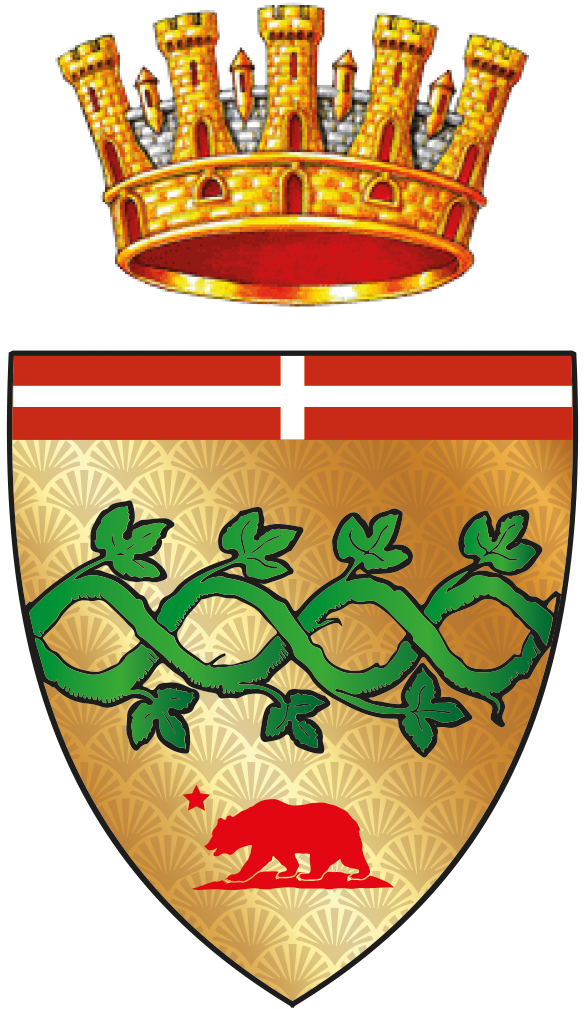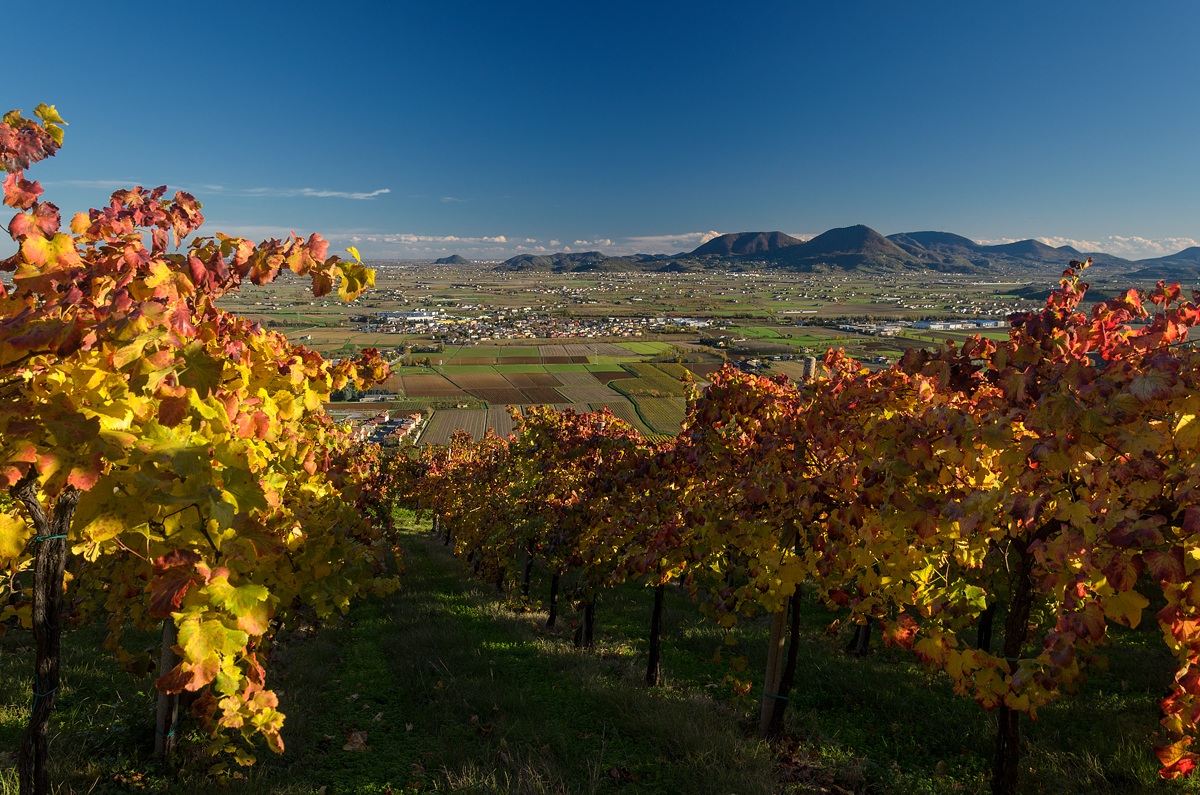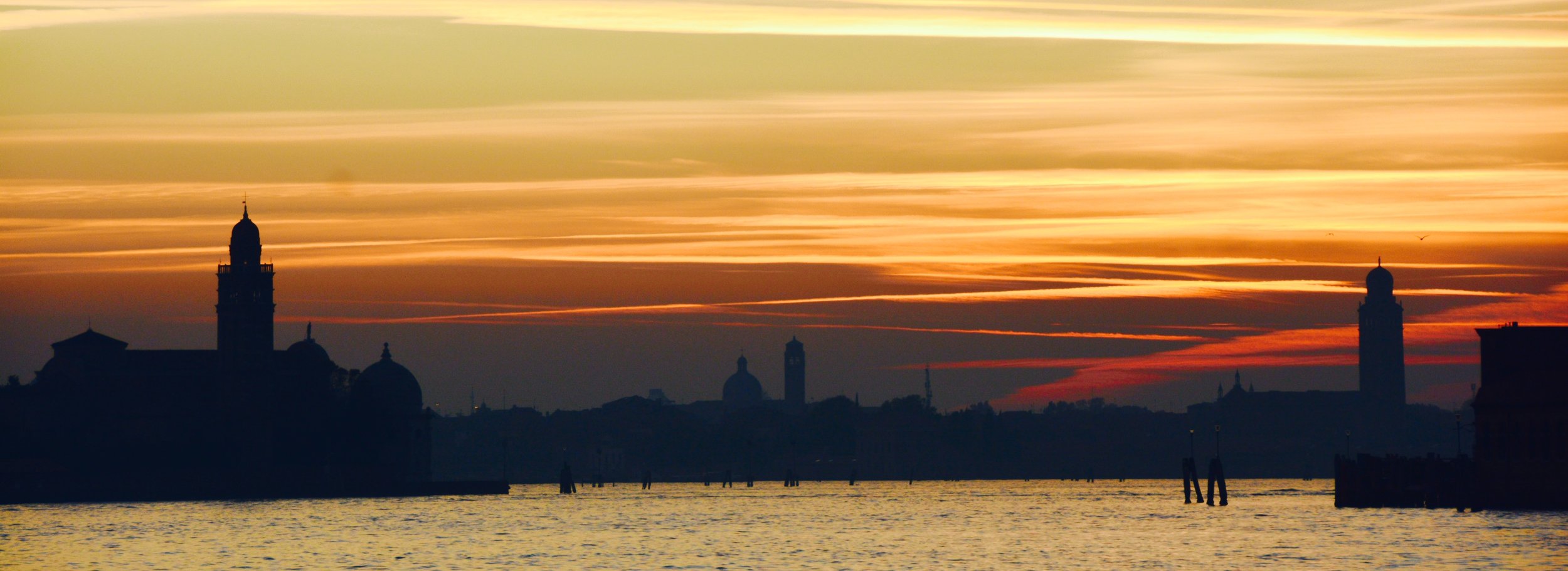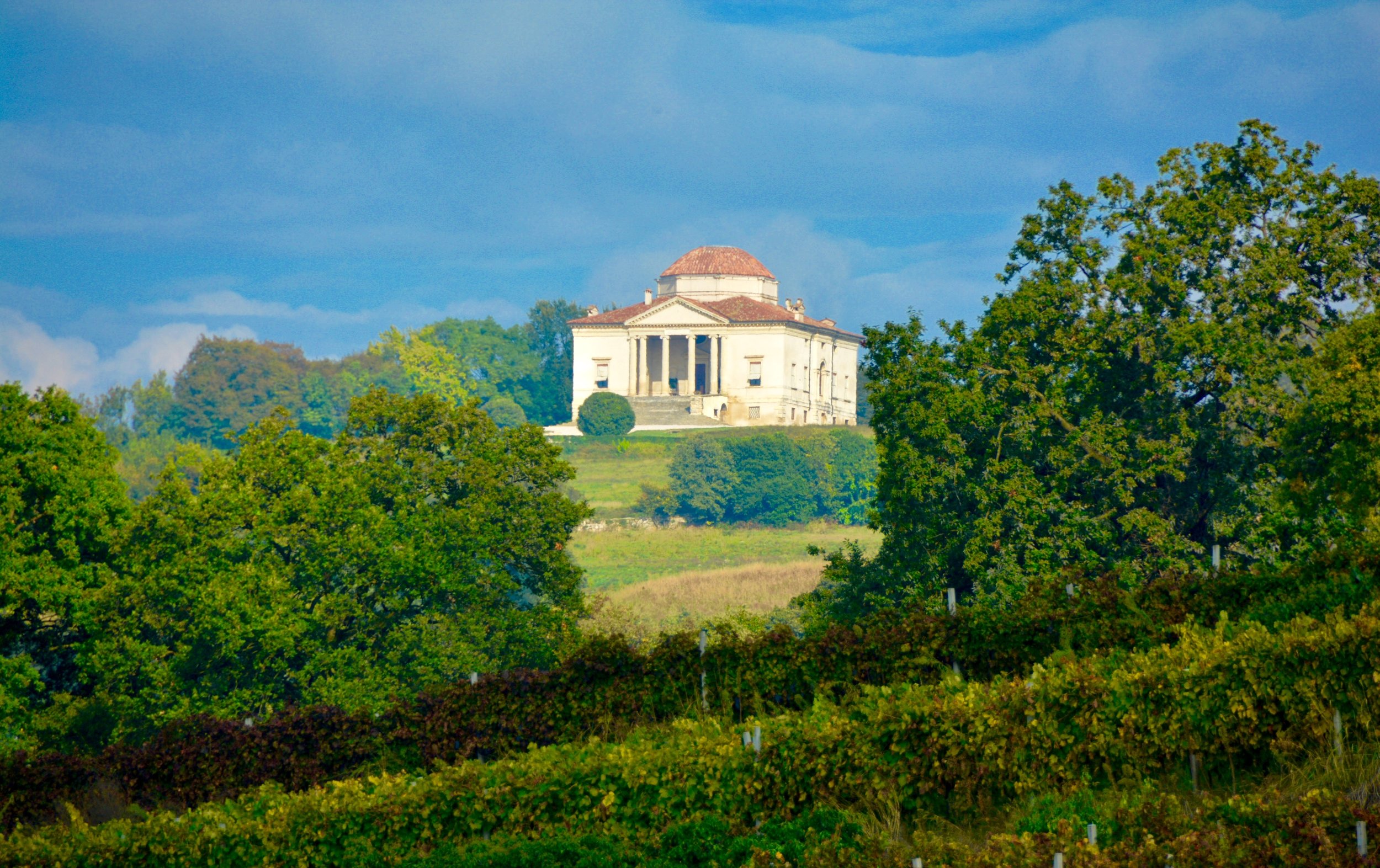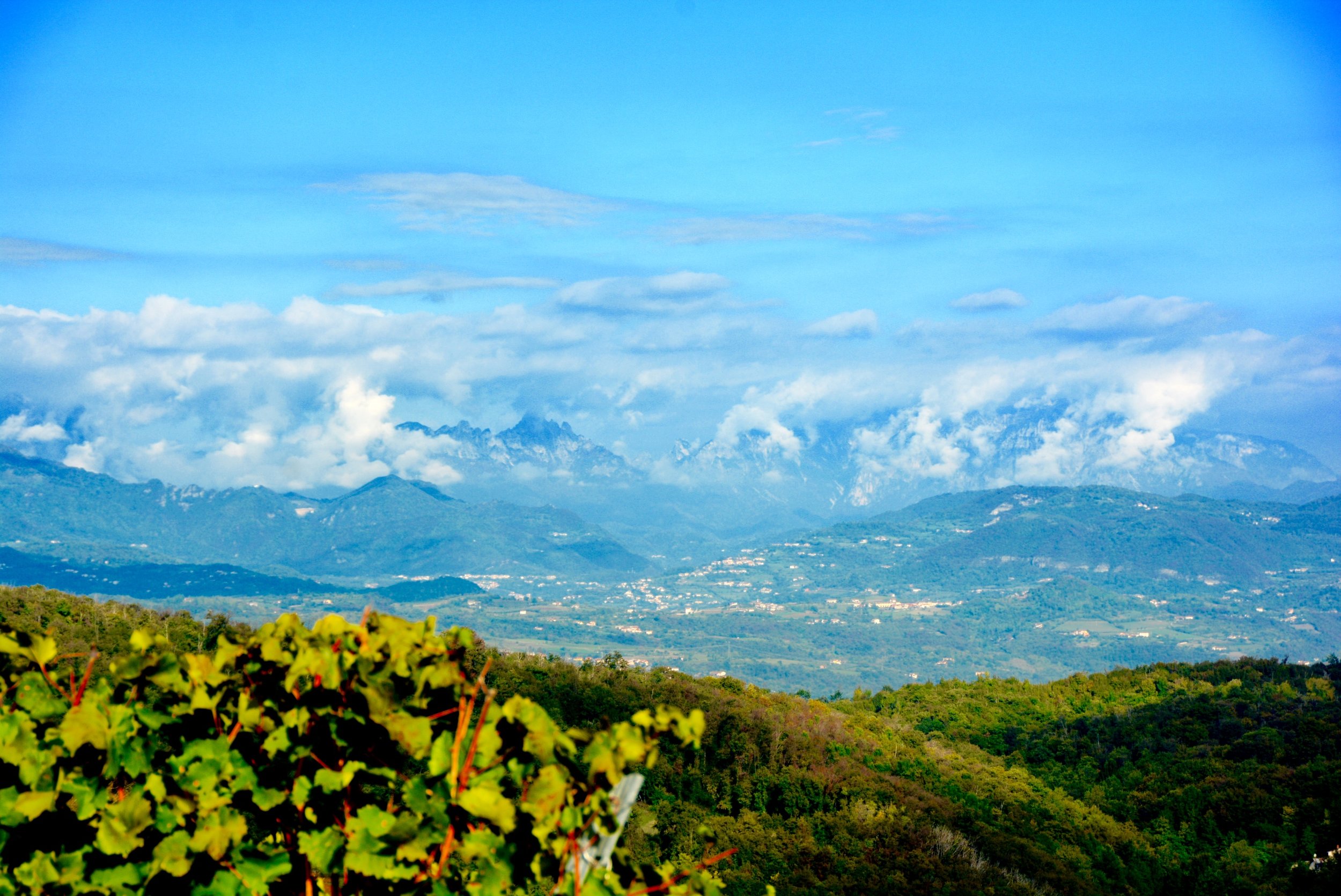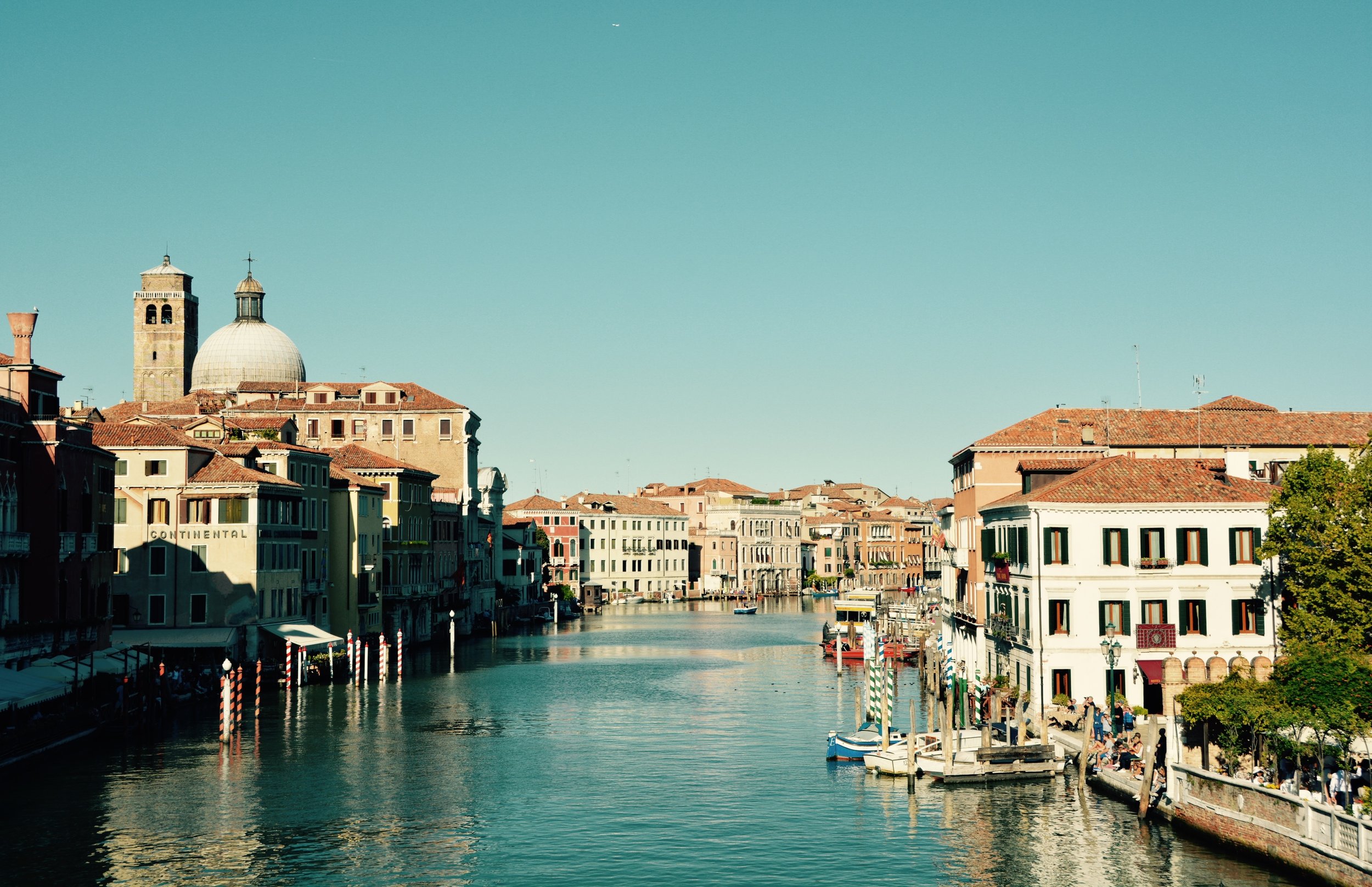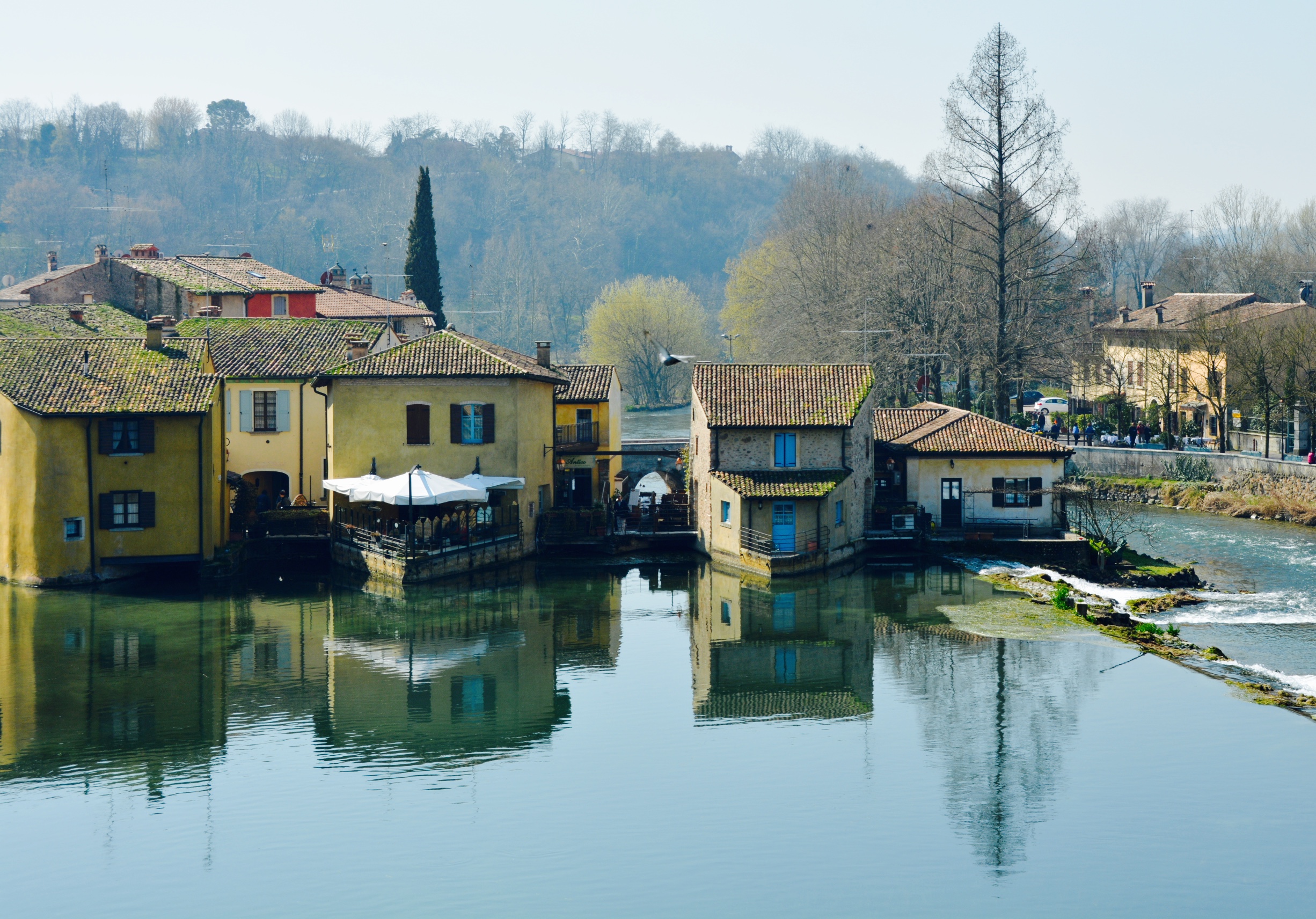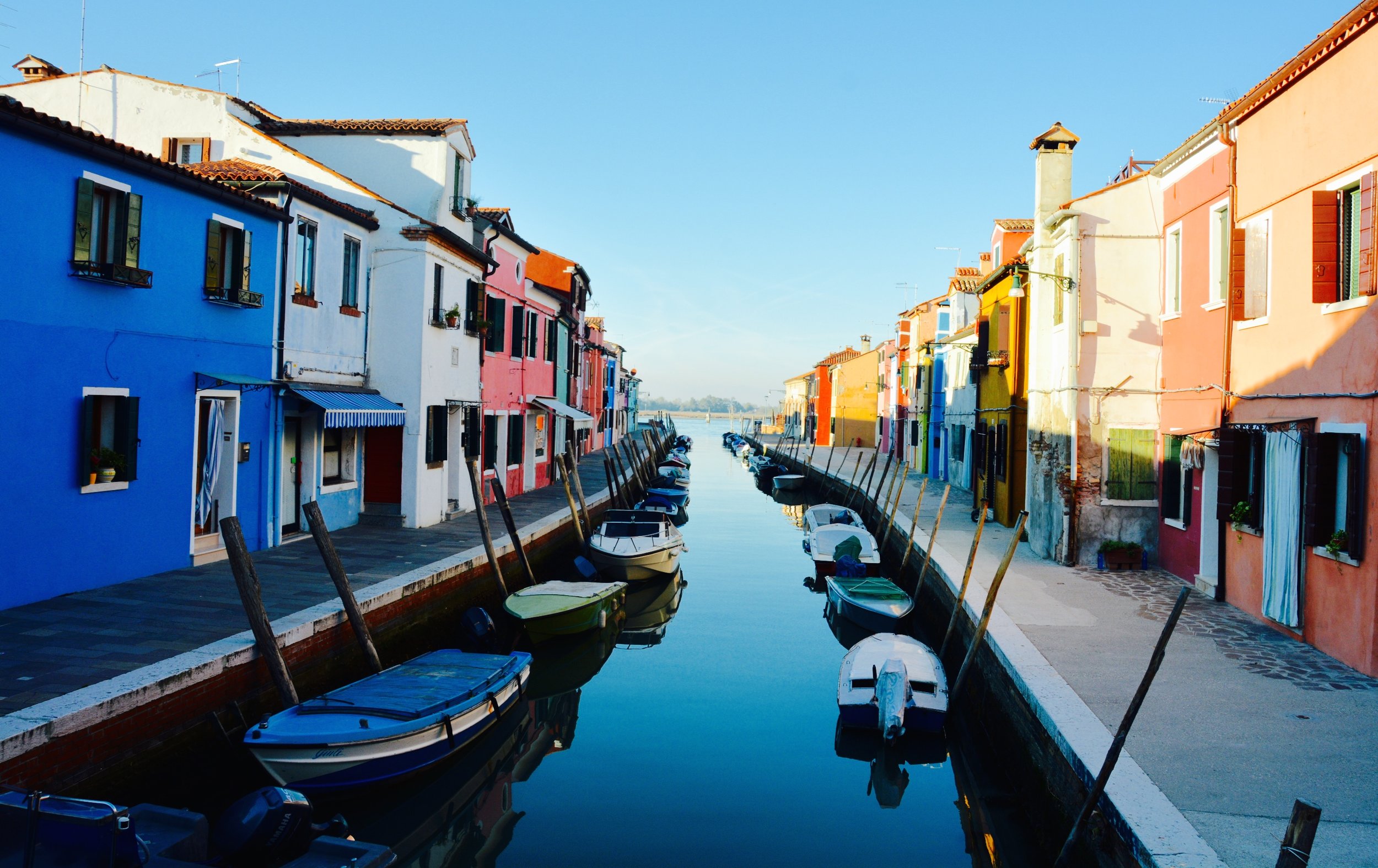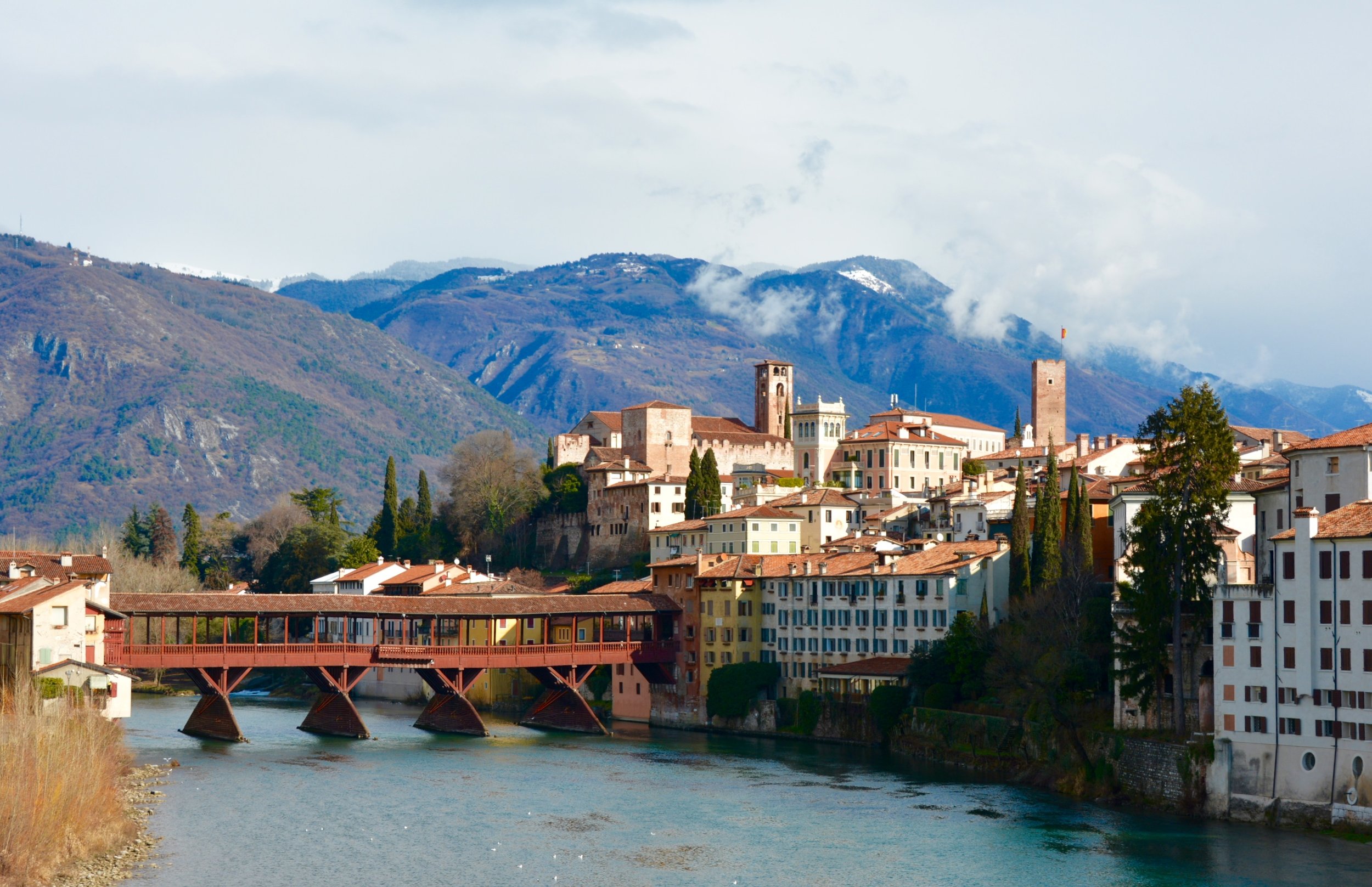Colli berici
Ancient seismic events create an ideal vineyard soil.
The Colli Berici is a range of hills located in the central part of the Veneto region of Italy, situated roughly between the Lessinian mountains and the Prealpi. These lush Italian slopes were formed by an ancient geological event called a bradyseism. A bradyseism is a very slow seismic movement that traps superheated gas under the soil creating a ridge rather than a volcano. The resulting 'terrarossa' soil is rich in minerals and elements such as iron oxide, making it ideal for producing dark red wines.
The grape has been cultivated here for many centuries. Grape pips, indicating primitive forms of grape pressing, have been found here dating back to the Bronze Age over three thousand years ago.
The first rules for growing vines in the area were handed down to the Adige civilization by the Etruscans and became widespread between 950 and 500 B.C. Subsequently it was the Romans, being already experienced in agricultural technology, who systematically launched the production of vines for making wine. But the first written evidence of wines in the Colli Berici comes to us from a Greek sophist, Atheneus, who lived in Rome between the 2nd and 3rd centuries and pointed out their perceptible merits, judging them to be palatable and pleasing wines.
This particular 'terrarossa' soil encourages an optimal production of desirable compounds in the berries during ripening which include color, flavor, and a perfect acid/tannin balance. In fact the Colli Berici is the earliest D.O.C. for Cabernet and Merlot in Italy.
vicenza
One of the most beautiful regions in all of Italy.
The Comune of Vicenza is a medium-sized town, with a population of 110,000. There has been a settlement here right back into the depths of history. In fact, The first Vicenza settlers were Paleo-venetians who descended from the Colli Berici hills to inhabit the confluence of the Bacchiglione and Retrone rivers, at least as early as 200 BC. Vicenza obtained Roman citizenship in 49 BC, these Roman era sites are still visible throughout the city. The control of these rivers led to hundreds of years of warfare between neighboring Vicenza and Padua provinces, disputing access to the sea. As a result hundreds of fortified castles, mostly in ruins, dot the landscape.
Later, after the barbarian invasions which repeatedly devastated this part of Italy, it became a significant town, ruled at different times by various greater powers. For several centuries it was governed by Venice; then Napoleon, then the Austrians. In 1866 it became part of the new Kingdom of Italy.
Vicenza was a prosperous town under Venetian rule, and its pride was demonstrated in fine architecture, much of which still survives. Its 'unique appearance,' largely owing to the work of influential sixteenth-century architect Andrea Palladio, has led to the town's designation as a UNESCO World Heritage Site: City of Vicenza and the Palladian Villas of the Veneto. After Palladio, Vicenza is most famous for its trade in precious metals, and is also known as the 'City of gold'.
Vicenza is connected by rail to Venice, Padua and Verona for easy daytrips. It's a good central base for exploring the Veneto region, from Lake Garda in the west to Treviso and Venice in the east - this is particularly easy if you have a hire-car. Rail and bus services do cover the area, though, so you can still manage a lot of exploring using public transport.
The elegant villas around Vicenza would make the area worth visiting even without the town. Several were designed by Andrea Palladio, but there are plenty of others to be visited. Among the most well-known is the Villa Valmarana ai Nani ('of the dwarves'), so-called because of its decorative statues. Nearby is Palladio's famous villa, La Rotonda.
veneto
Home to the canals of Venice, the peaks of the Dolomites, and the shores of Lake Garda.
Situated in Italy's northeast, Veneto extends from the Dolomites to the Adriatic Sea, by way of an expansive range of hills and a valley furrowed by rivers, canals and the Po River Delta.
The typical scenery of Veneto's coast is the Venetian lagoon, and, right on this very lagoon stands perhaps the most unique city in the entire world - Venice, visited by millions of tourists every year.
Yet all of the Veneto, a region with a thousand different faces, is the custodian of natural, artistic, and traditional treasures.
Veneto expresses an extraordinary variety in its scenery: from the Dolomites, dipped in the crimson shades of the sunset, to the eastern shore of Lake Garda and Peschiera del Garda, Torri del Benaco and other tourist destinations. Long, sandy beaches alternate with well-known resorts such as Jesolo, Bibione, Cavallino and Caorle.
In this spectacular natural setting lies a rich cultural heritage that renders the Veneto such a fascinating region, from its cities of art to the magnificent Palladian Villas scattered along the Brenta Riviera. And not to be forgotten are the small villages of Arquà Petrarca, Monselice, Asolo and Bassano del Grappa that bring together the most typical aspects of this diverse and varied region.
Veneto is also an ideal destination for a vacation of comfort and relaxation, thanks to its possession of thermal waters with their valuable therapeutic properties: the gentle slopes of the Euganean Hills are home to the well-equipped facilities of the Euganean Spas: e.g. Abano, Montegrotto and Teolo, where guests can combine treatments and therapies with pleasant excursions out into the surrounding areas.
